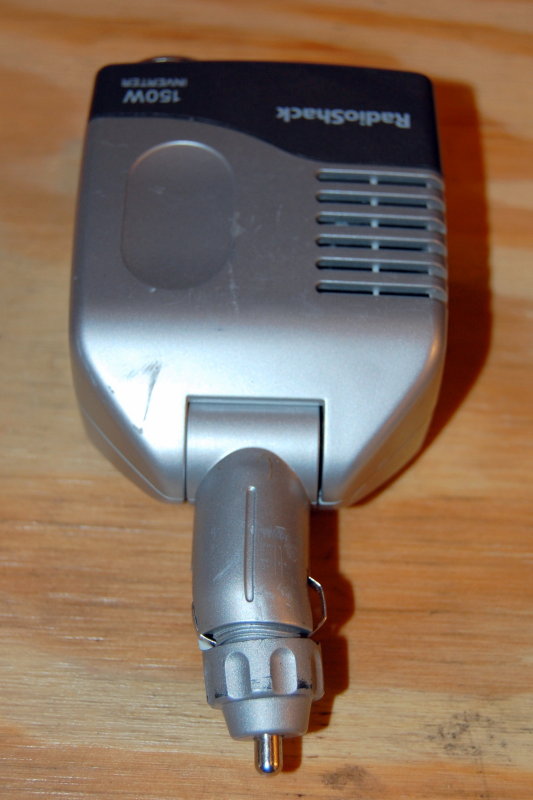12,000W at 12V...?
12,000W/12V = 1000A X 1.15 for inverter inefficiency = 1150A load
They don't make wire large enough, without doubling it or tripling it, to even handle a 12,000W inverter. The maximum allowable ampacity on a 4/0 wire is 445A.. 4/0 wire is close to garden hose size.
Are you sure you don't have a 1200W inverter?
Here's one Main Sail. Next time I go to the boat I will double check wire size installed and watts of the unit. However, I was personally worried about the momentary START-UP watts for appliances which have always been a problem for me. Below is a unit 32,000 Watt Peak.
*Split Phase function:
AC output as belows:
Two white AC output sockets, output is all 110V,
One hard wire terminal marked L1,N, L2,
L1 + N = AC 110V ;
L2 + N = AC 110V ;
L1 + L2 = AC 220V ;
NOTE: can not L1 + N+ L2 .
For AC 220v, 100% full power For AC 110v, 50% half power.
WITH 120A BTY CHARGER function for AC 220v 60Hz home grid.
NOTE: AS THIS IS SPLIT TYPE, LCD only show 220v voltage , watt, amp, did not show 110v spec. *Specification :
DC Input Voltage: 12V
AC Output Voltage: 110V & 220V
Regulation: ±5%
Frequency: 60HZ±3%
Efficiency: 90%
Output Wave Form: Pure Sine Wave
Temperature Protection: 70C
Input Low Voltage Alarm: 10.5-11V
Input Low Voltage shutdown: 10V
Input High Voltage Alarm: 15V
Input High Voltage shutdown: >15V
No load current draw when power save on: 0.8-0.9A
No load current draw when power save off: 4.0-4.5A
Certificate: CE
ATS 12V 32000W Peak 8000W LF Split Phase Pure Sine Wave Power Inverter DC 12V to AC 110V&220V 60Hz, with 120A BC/UPS / LCD Display.
They supply wires for connection to batteries.

